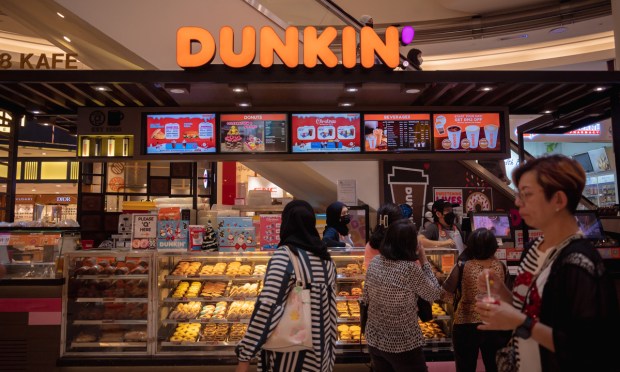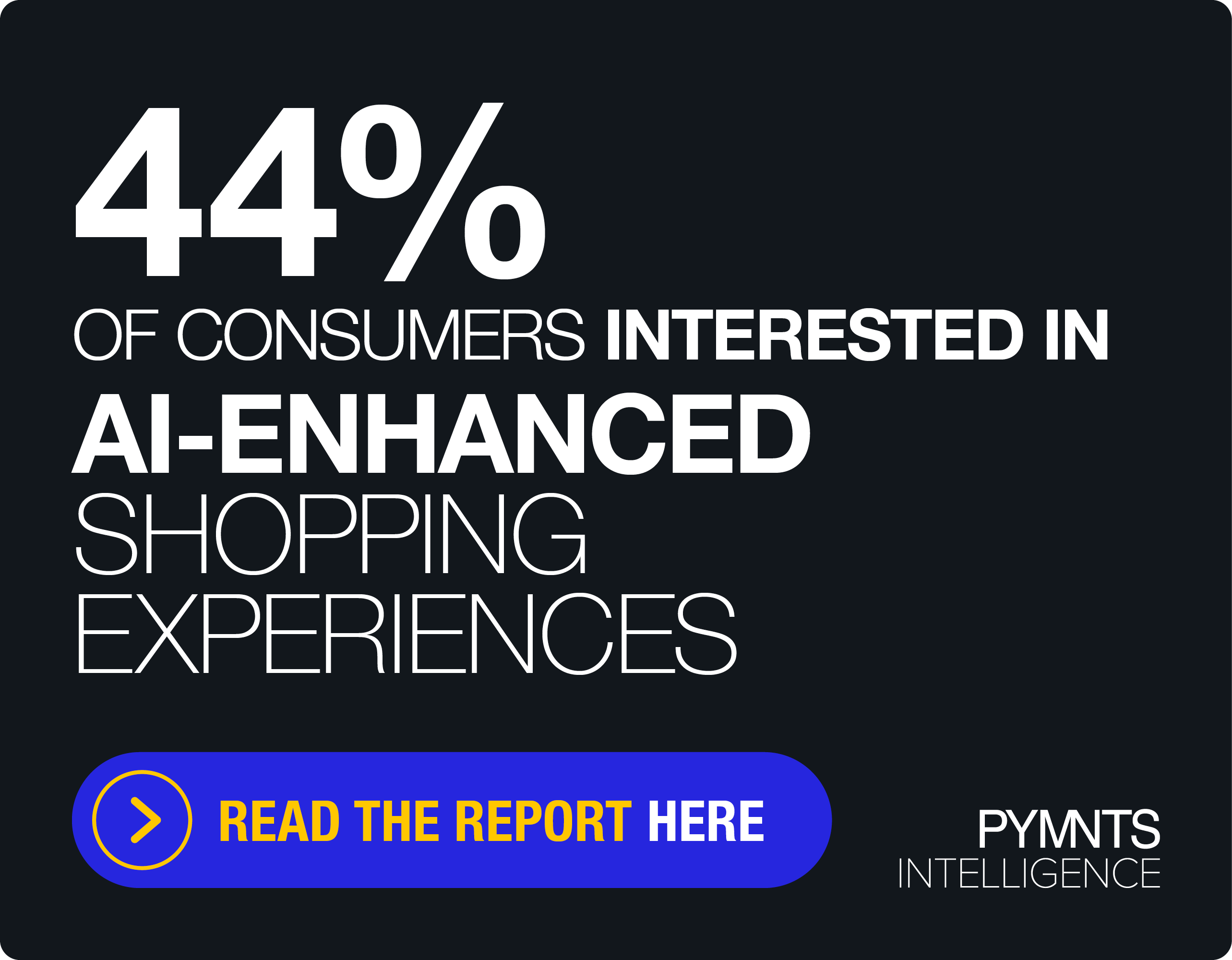Dunkin’ Taps HubKonnect’s AI as QSRs Get Hyper-Specific With Marketing

As restaurants compete to take advantage of new digital capabilities as quickly and effectively as possible, Dunkin’ is leveraging artificial intelligence (AI) to optimize stores’ performance on a unit-to-unit basis.
On Tuesday (June 6), marketing technology company HubKonnect, which leverages local data to improve stores’ performance based on factors specific to each location, announced a partnership with the quick-service restaurant (QSR) company. In an interview with PYMNTS, Michael Koch, the technology company’s co-founder and CEO, spoke to the demand for these kinds of local insights.
“Let’s say one Dunkin’ is on a university, and the age demographics are 18 to 22,” Koch said. “Our technology then recognizes that and offers more data-driven digital solutions, as opposed to, say, a location in Florida in an older retirement community, where there may be more [paper] handouts. … Based off of our data, we know there’s a technical threshold within age groups, different comfortability, so why would you have mobile offers with an older demographic that’s not going to download the app?”
While this may be a fairly broad example, the technology can provide insights about the specific needs of any given location that are far more granular. For instance, consumers’ ordering behaviors can be affected by other demographic considerations, by how far they are from their store, by how they are getting to the location and more.
Raising the Bar
Dunkin’s move to leverage HubKonnect’s technology, which is also used by other major QSR brands including McDonald’s, Chick-fil-A and Bojangles, comes as the competitive landscape for marketing evolves to demand this kind of specificity.
“With the way the retail industry is looking, national advertising used to be the craze, regional advertising, but what we’ve found is, the trend is really at the unit, to be able to have that level of specificity in that data,” Koch said.
Certainly, restaurants are looking to get smarter, adapting new technologies to stay ahead of the pack. According to data cited in “Inflation Makes Technology Table Stakes for Restaurants,” the March edition of the “Money Mobility Tracker®,” a PYMNTS and Ingo Money collaboration, three-quarters of restaurants plan to adopt new technology throughout this year.
Moreover, the majority of consumers are looking for these kinds of tech upgrades. Additional research highlighted in the Tracker® reveals that 70% of restaurant customers want technologies such as personalized menus incorporated into the drive-thru.
Plus, a PYMNTS survey of nearly 2,000 U.S. consumers found that 16% of consumers now primarily order food via restaurants’ direct ordering channels such as their websites or apps, and 8% mainly order food via third-party aggregators.
“We see a lot of these trends — drive-thru is going up, mobile app usage is going up,” Koch said. “These are kind of the areas where you see the evolution, the modernization of the QSR space.”
Indeed, restaurants are increasingly turning to AI and machine learning to automate the entire experience. For instance, this month, Wendy’s is launching its test of Google Cloud’s AI technology at the drive-thru, powering conversational commerce that leverages the technology company’s large language models (LLMs).
Baby, It’s Cold Outside
Indeed, AI can offer QSRs insight into how many different factors affect consumers’ habits — not only the makeup of the population in a given area, but also the external factors affecting their behaviors from day to day.
For instance, when it is cold out, Koch noted, the mix of a combined Dunkin’ and Baskin Robbins location may be shifted towards Dunkin’, but when the weather heats up, more consumers opt for ice cream. Or for example, at a location near an NFL stadium, customers may be very different on a game day than on other days, demanding different marketing tactics based on what events are scheduled.
“If there’s going to be a heat wave, what if there’s a special or a digital offer that can be sent to, ‘Buy this, get this?’” Koch said. “So, it’s really being reactive.”
End to End
Given the demand among restaurant operators for simple, unified solutions, HubKonnect has noted that, to be maximally useful, the company needs to not only provide the data insights but also to apply those findings to the marketing assets themselves, among other implementations.
“We’re not just a technology company,” Koch said, adding that the company also has a role in the marketing process.
He explained that the company’s studio develops assets and communicates with franchisees as well as working with vendors, ensuring that restaurants have the “proper partners, the proper turnaround, the proper process.”
Looking ahead to the future of the industry, Koch predicts that this kind of location-to-location specificity will soon become table stakes, as marketing will become increasingly granular.
“The future of … QSR is at the unit,” Koch said. “So, looking at each location as individual ecosystem to drive those [pricing and marketing] decisions. That’s what our platform does, and we’ve become, for Dunkin’ and our other clients, the first place for local store marketing.”

